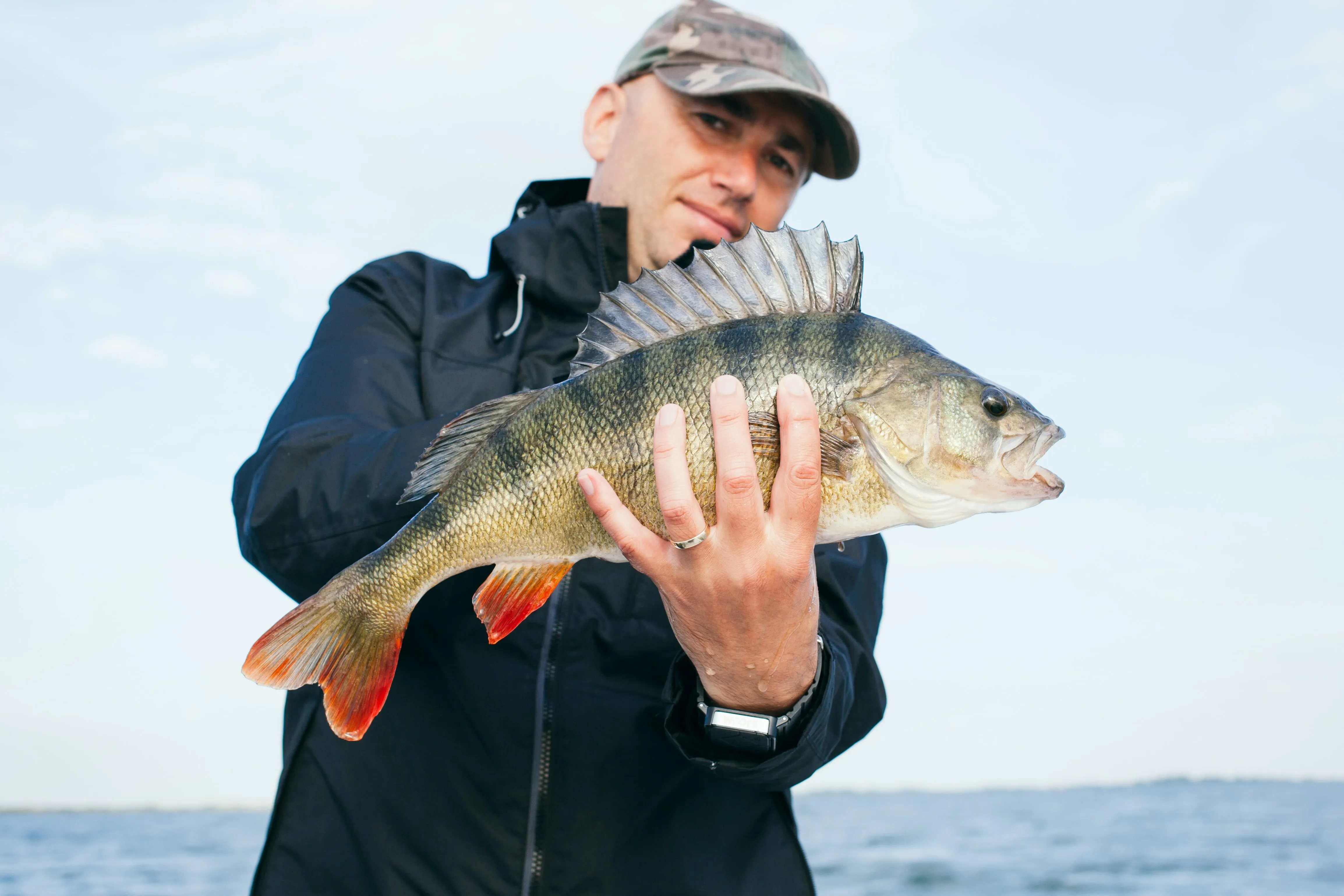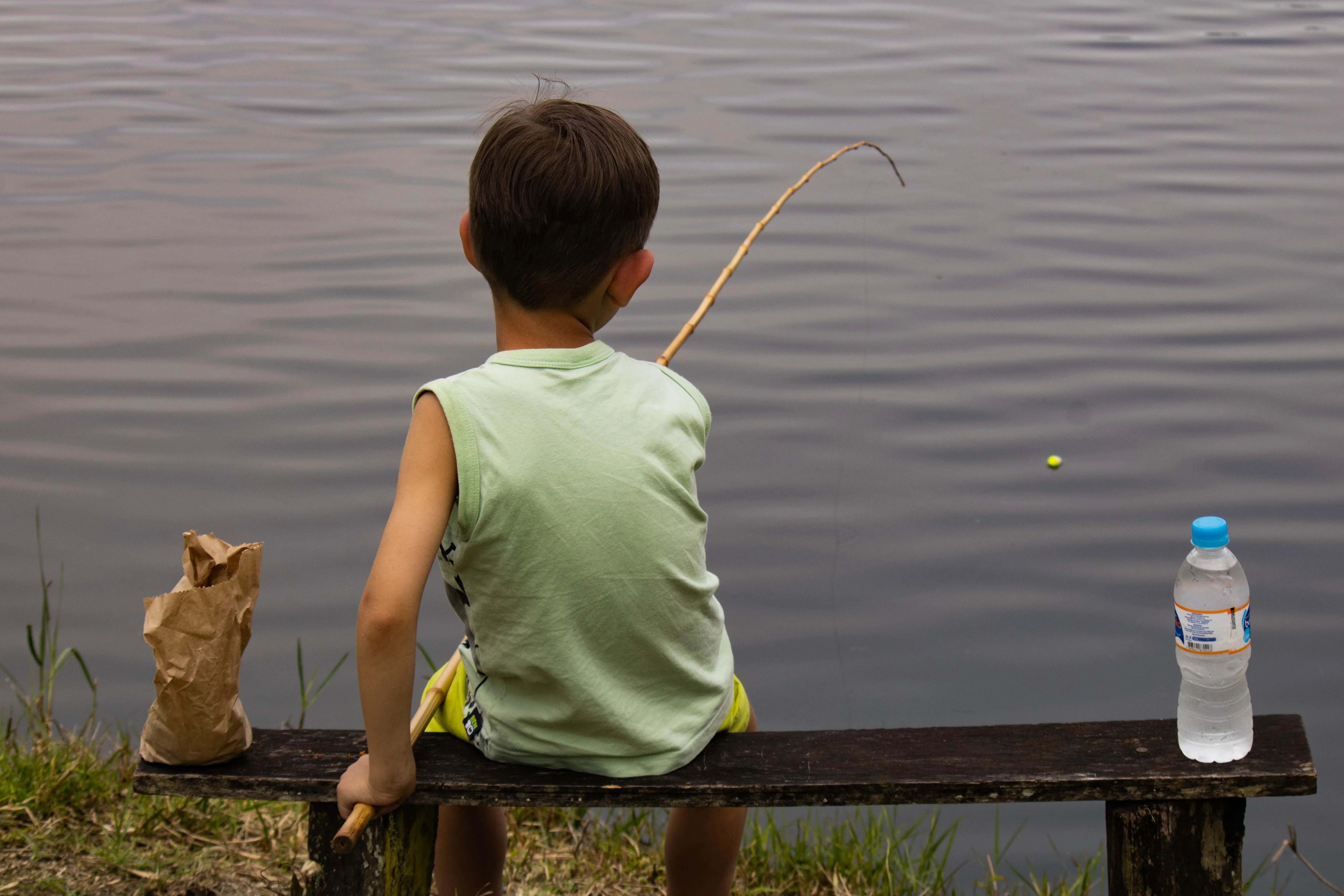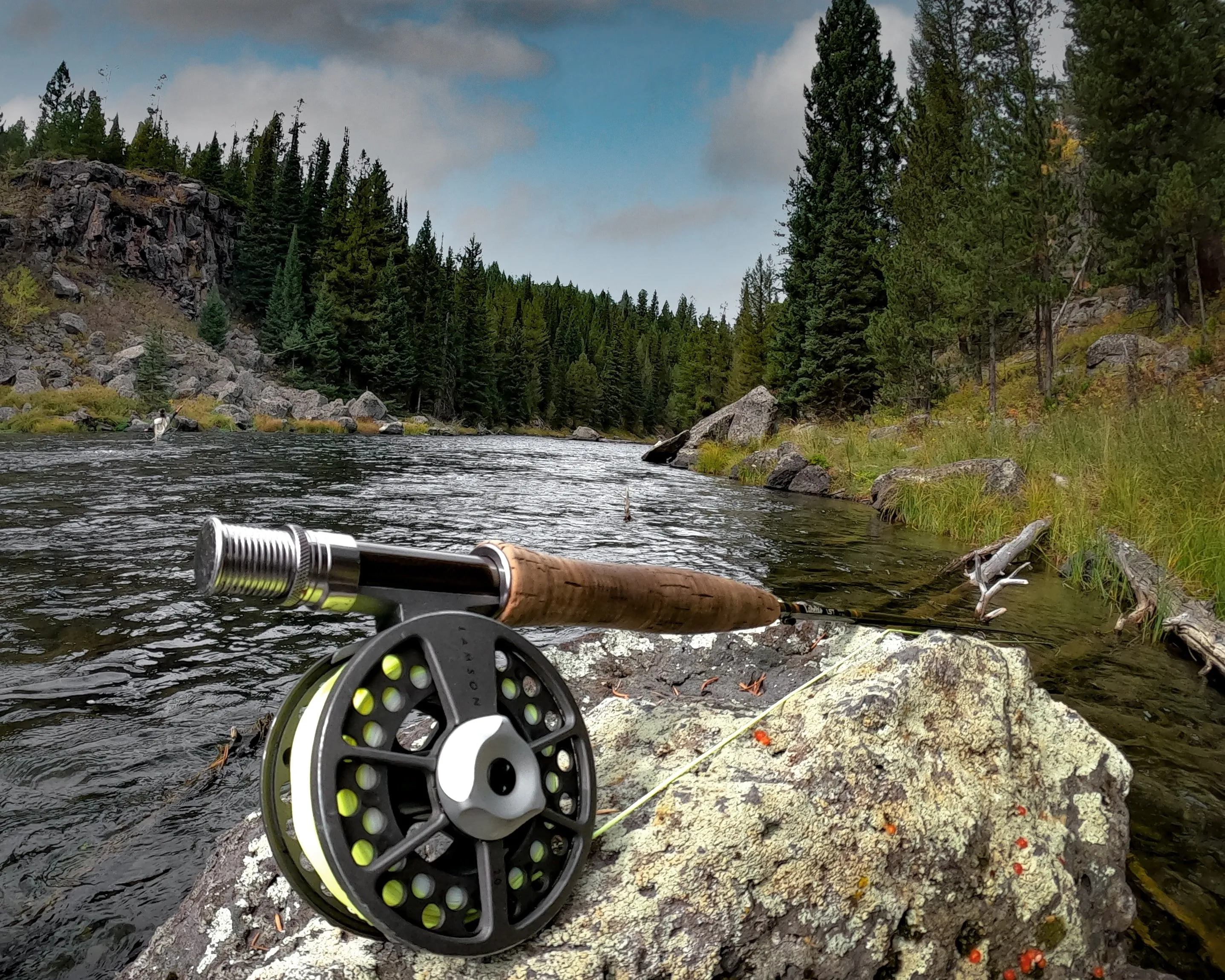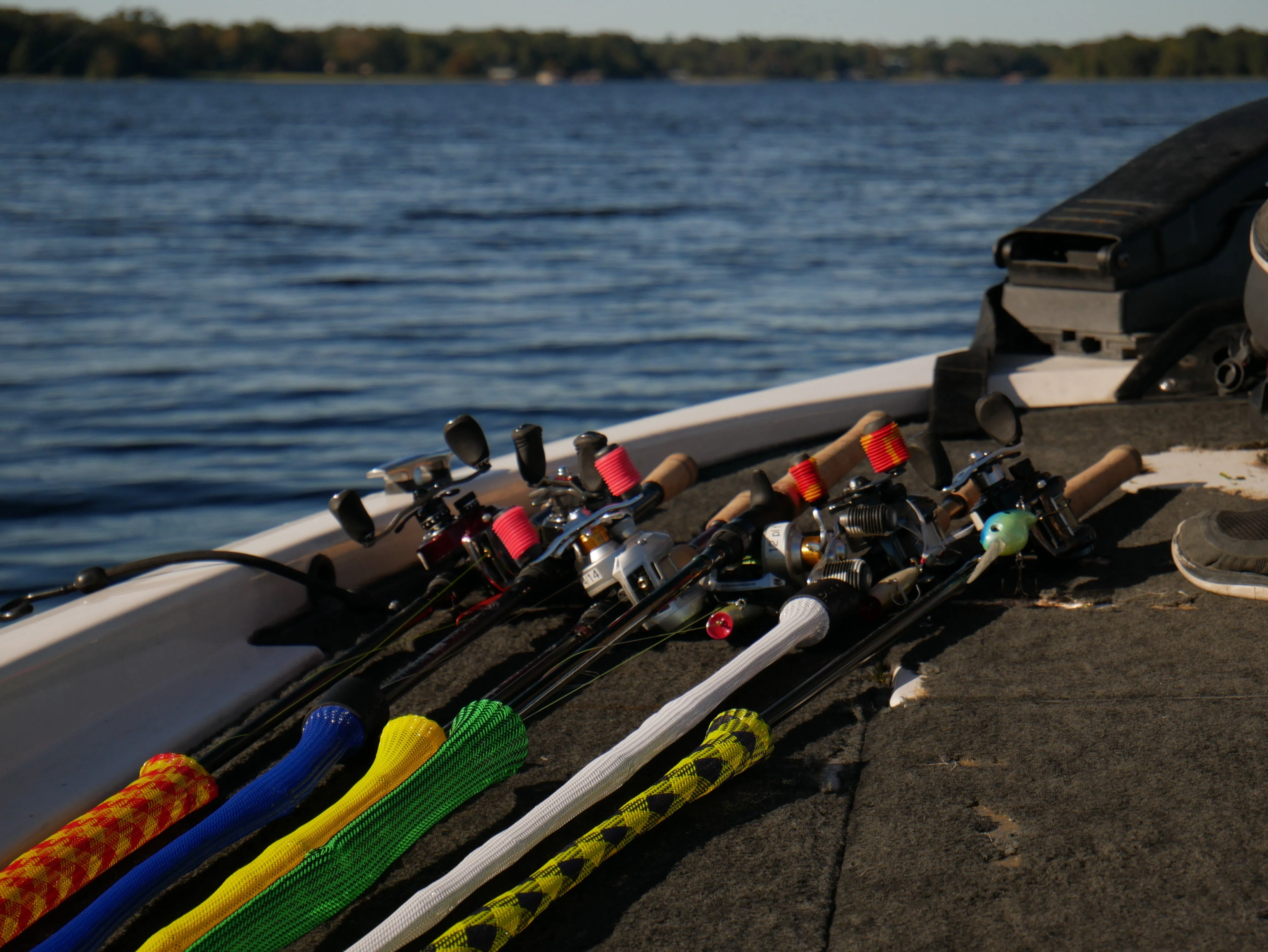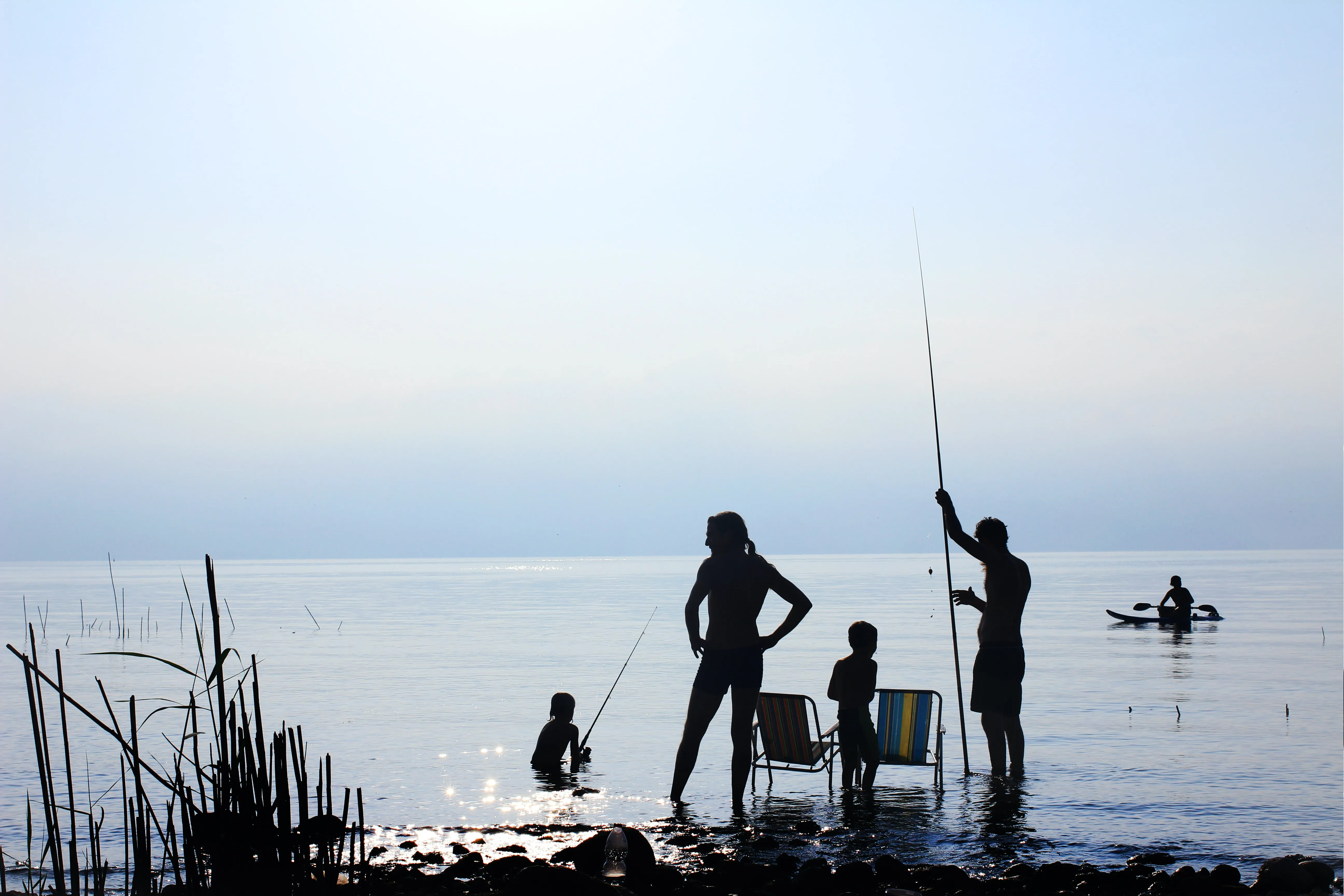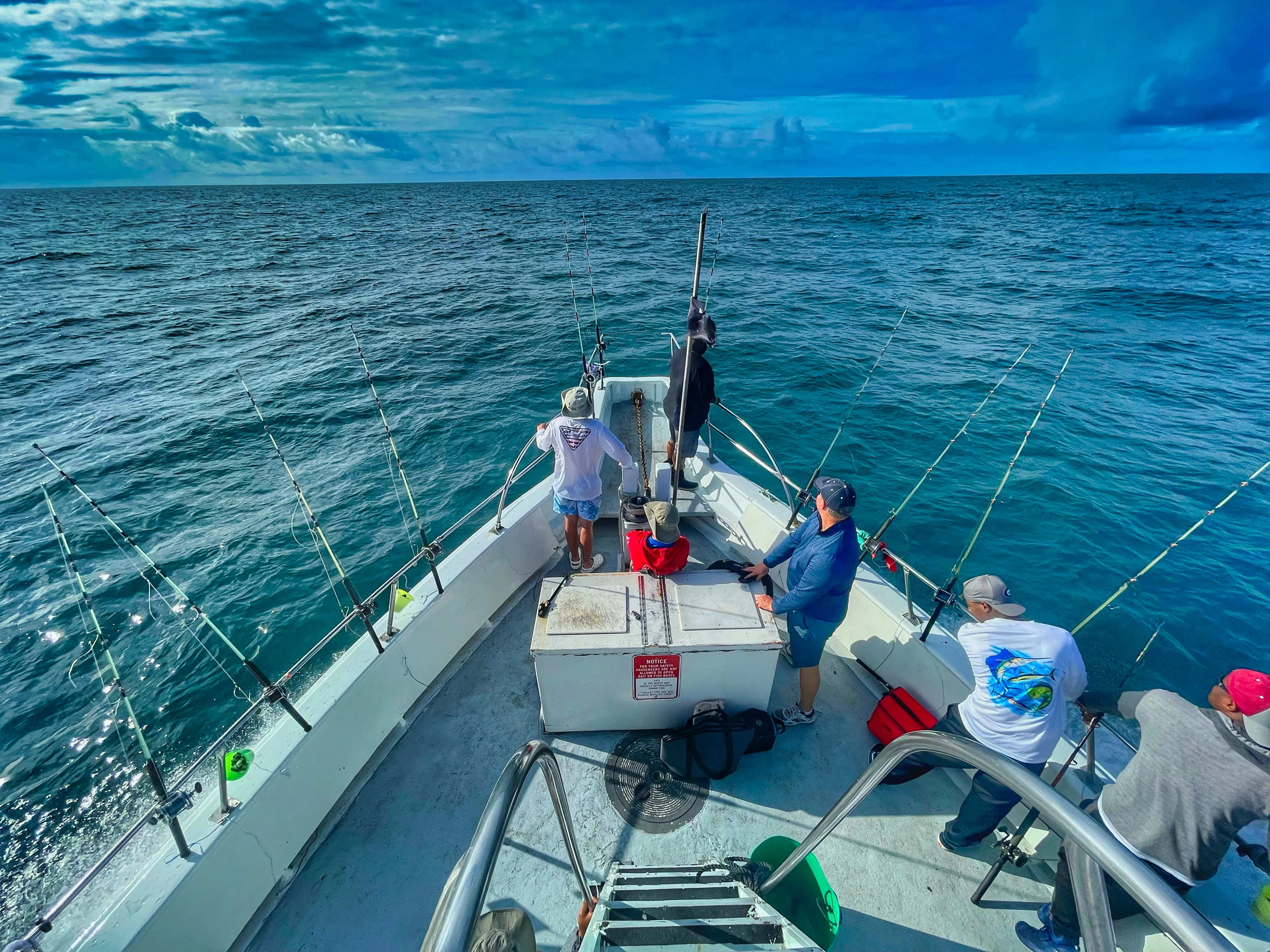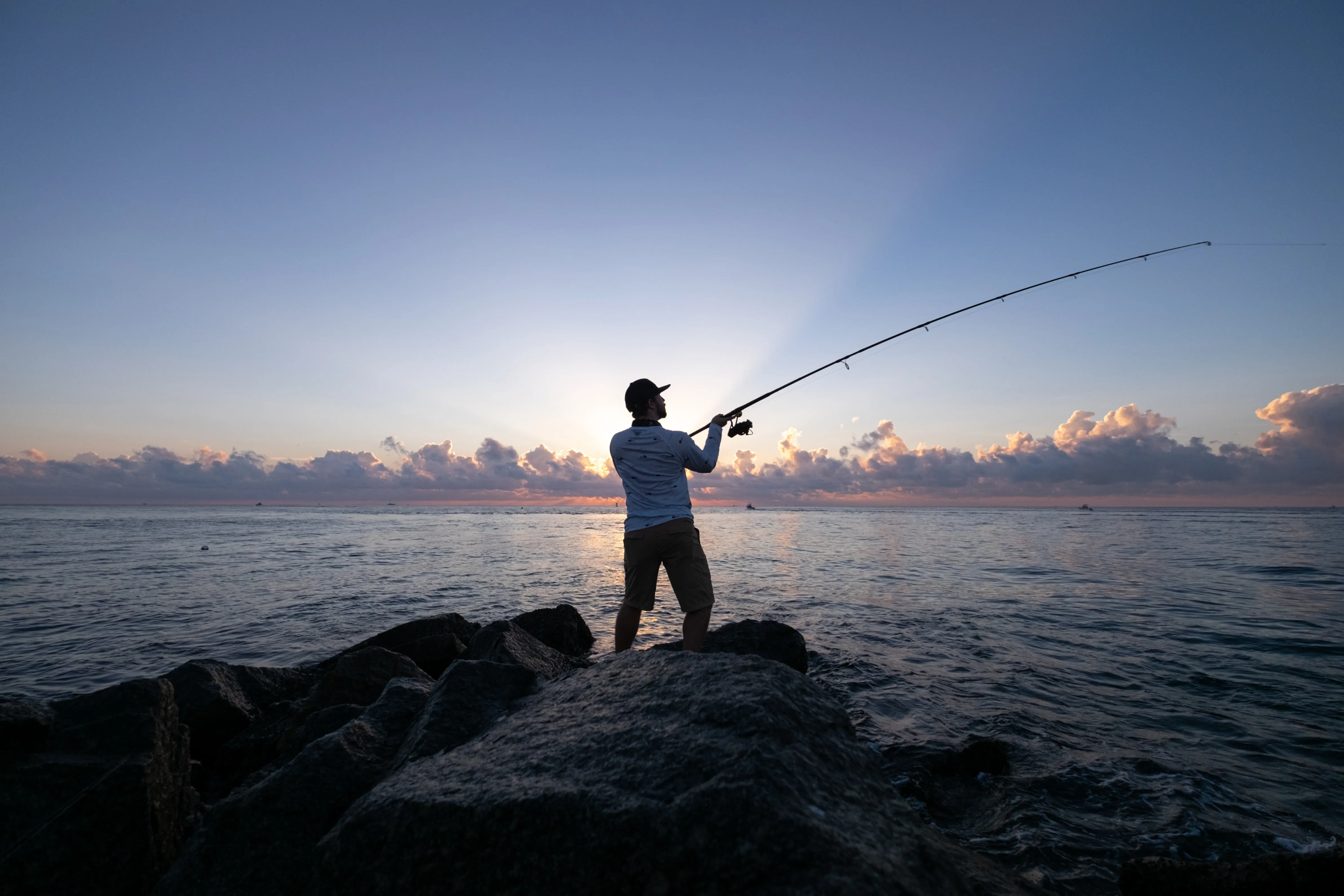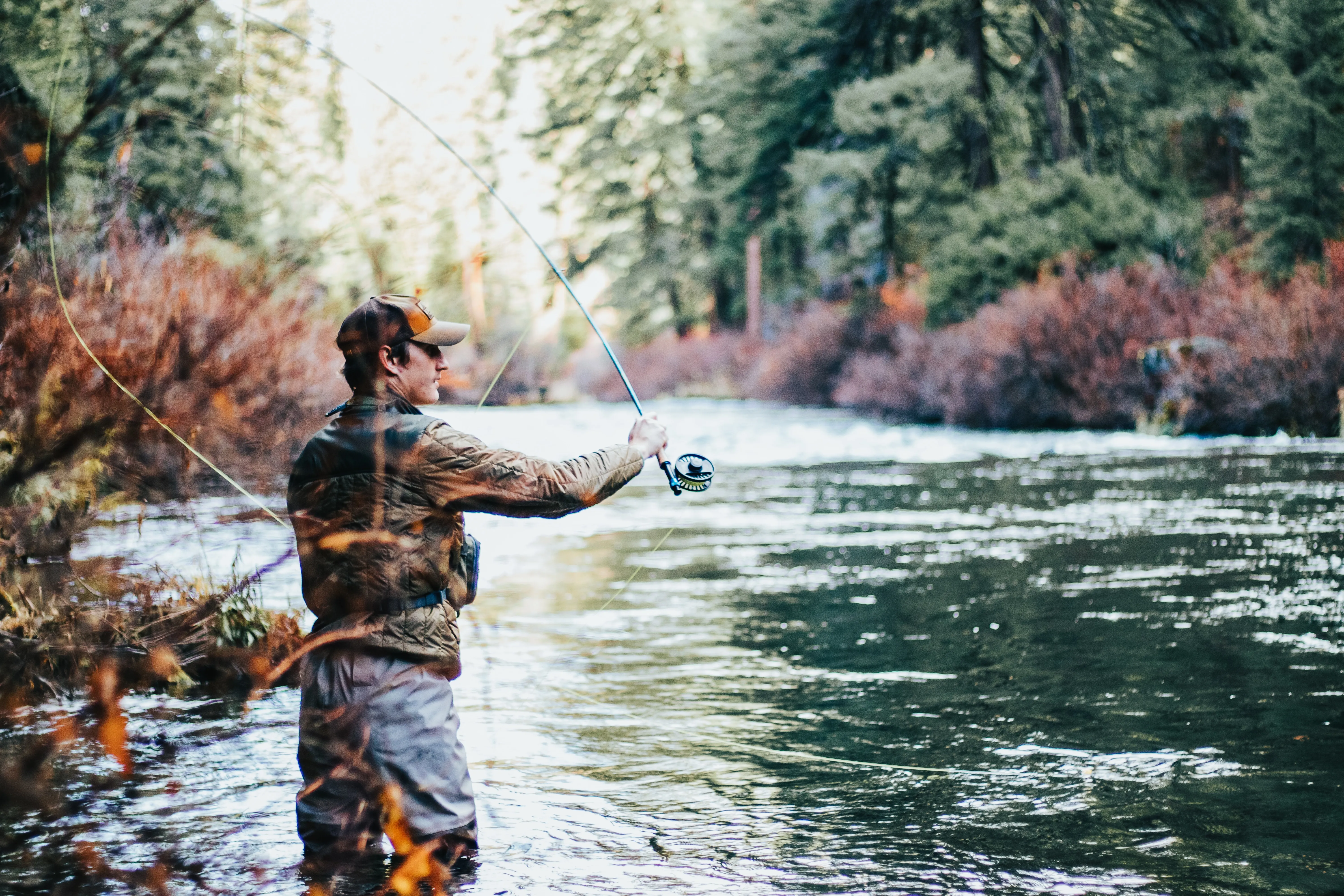Catch and Release Best Practices: Fostering Sustainable Fishing
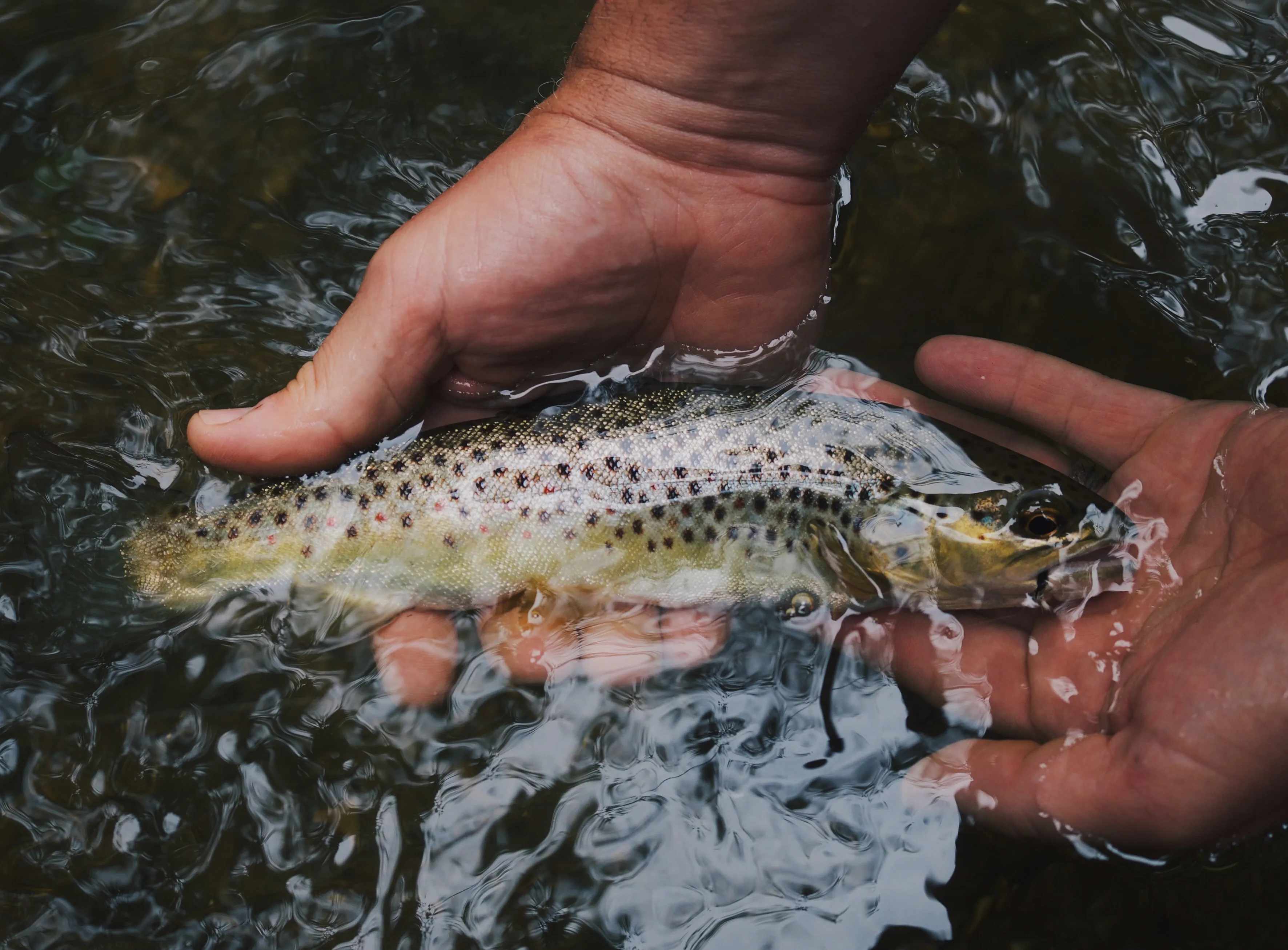
Catch and release, the practice of returning a fish to its natural habitat after catching it, is a powerful tool for conservation, helping preserve fish populations while allowing anglers the joy of fishing. This comprehensive guide introduces best practices for catch and release, aimed at ensuring the survival and wellbeing of fish, thereby fostering a harmonious relationship between anglers and the aquatic world.
The Importance of Catch and Release
Catch and release supports sustainable fishing by reducing the impact of recreational fishing on fish populations. It allows anglers to enjoy the thrill of the catch, while ensuring the fish can go on to reproduce and contribute to the sustainability of their species.
Best Practices for Catch and Release
Catch and release, when done correctly, can result in high survival rates for fish. However, incorrect practices can cause harm. Here's how to properly catch and release fish:
1. Use the Right Tackle: Use appropriately sized hooks and tackle for the fish species you're targeting. Circle hooks are a good option as they're designed to hook the fish in the mouth, reducing internal injuries.
2. Time is of Essence: Try to reel in and release the fish as quickly as possible. Fish that are played for too long can become exhausted, decreasing their chances of survival upon release.
3. Handle with Care: Always wet your hands before handling fish. Dry hands can remove the protective slime on a fish's skin, which is crucial for its health.
4. Avoid Air Exposure: Minimise the time a fish spends out of water. If you must lift the fish, support it gently under the belly. Never hold a fish by the gills or the eyes.
5. Proper Hook Removal: Use a pair of needle-nose pliers or a hook remover to gently remove the hook. If the fish is deeply hooked, cut the line as close to the hook as possible and leave the hook in.
6. Revive Before Release: If a fish appears exhausted or disoriented, revive it by gently moving it back and forth in the water until it swims away on its own.
The Ethics of Catch and Release
While catch and release is a conservation practice, it's still imperative to respect the fish and their environment. Only fish in locations where it's legal and ethical to do so and follow all appropriate catch and release guidelines.
Catch and release is a practice that embodies the principles of respect, care, and conservation. It allows us to partake in the joy of fishing while ensuring that we leave a minimal footprint on the aquatic ecosystems we engage with. As passionate anglers, adopting best practices for catch and release is a commitment to sustainable fishing, a pledge to the guardianship of our waters and their inhabitants.

